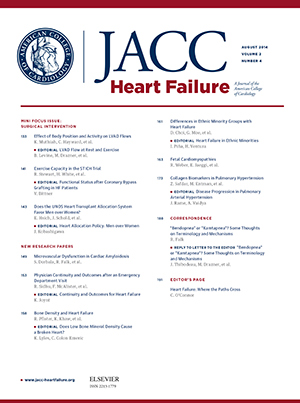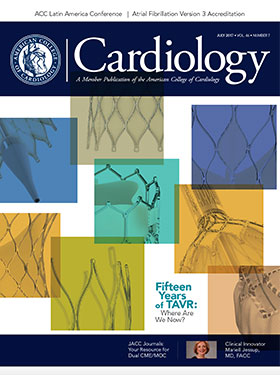Hospitals where a greater number of transcatheter aortic valve replacement (TAVR) procedures are performed have better patient outcomes, suggesting that concentrating experience in higher volume heart valve centers might be a means of improving outcomes, according to a study published June 26 in the Journal of the American College of Cardiology.
Increasing site volume was associated with lower in-hospital risk-adjusted outcomes, including mortality (p < 0.02), vascular complications (p < 0.003) and bleeding (p < 0.001), but was not associated with stroke (p = 0.14). From the first case to the 400th case in the volume-outcome model, risk-adjusted adverse outcomes declined, including mortality (3.57 percent to 2.15 percent), bleeding (9.56 percent to 5.08 percent), vascular complications (6.11 percent to 4.20 percent) and stroke (2.03 percent to 1.66 percent). These rates were calculated for the “average” patient who carries the average characteristics of the overall study population.
"[T]he information from this report might help updating recommendations of institutional and operator requirements." — Alain Cribier, MD, FACC, et al
The association between TAVR volume and outcomes was most pronounced in the first 100 cases, indicating that there may be an early learning curve for the procedure. Beyond the initial 100 cases, procedural risk continued to decline but at a more gradual rate.
In an accompanying editorial, Alain Cribier, MD, FACC, et al., write that, “the information from this report might help updating recommendations of institutional and operator requirements when planning for programmatic expansion in the United States. Concentrating experience in high-volume centers should be favored to improve outcomes, more particularly when TAVR is likely to expand to lower-risk or younger patients.”
Carroll JD, Vemulapalli S, Dai D, et al. J Am Coll Cardiol 2017;70:29-41.
<<< Return to top




